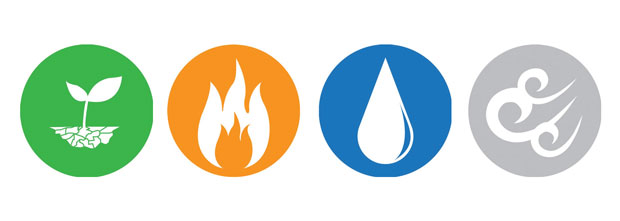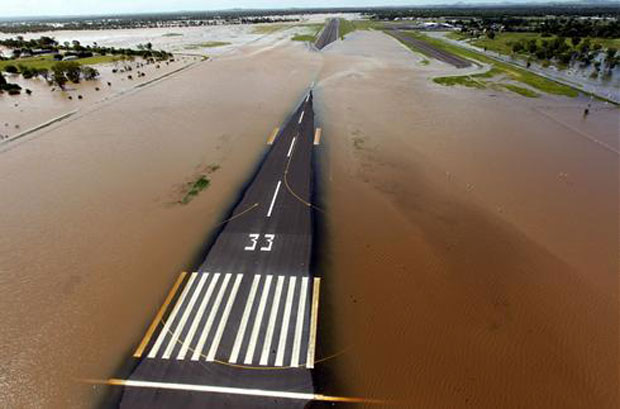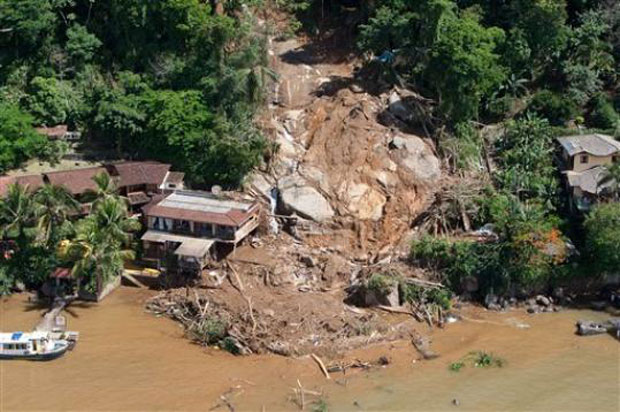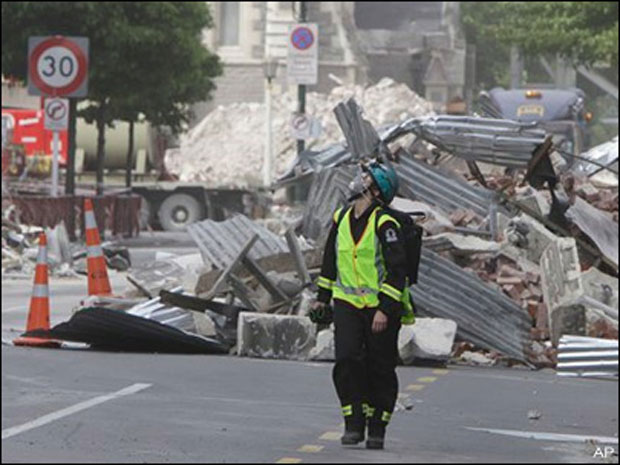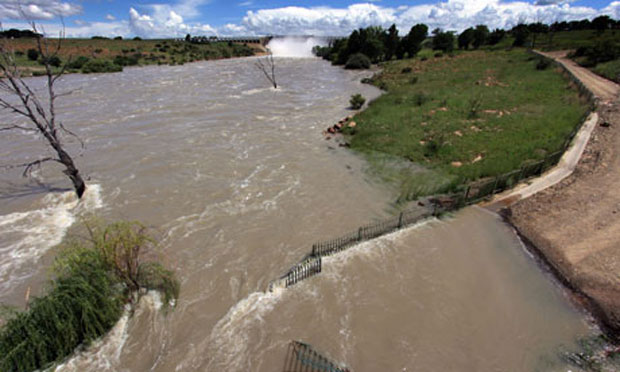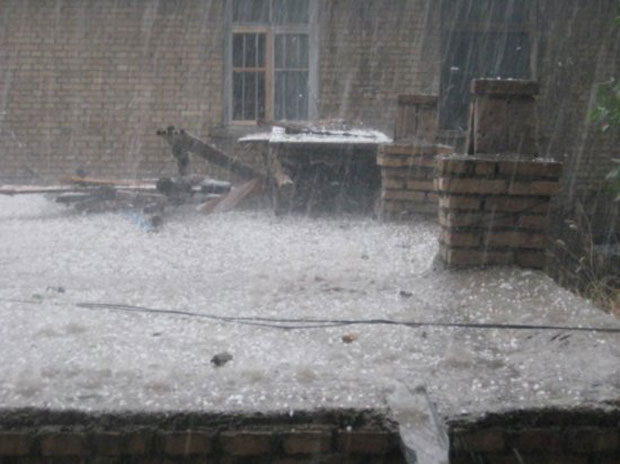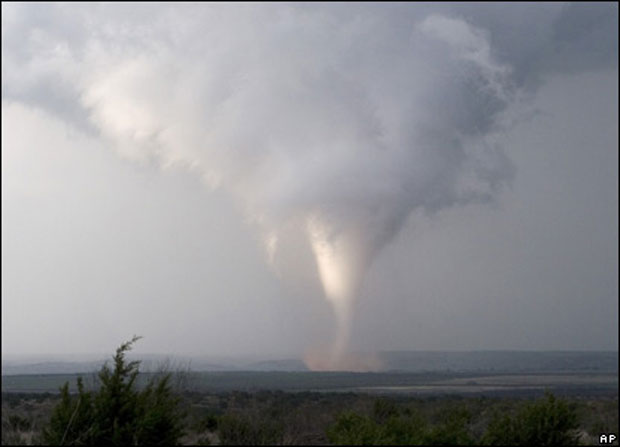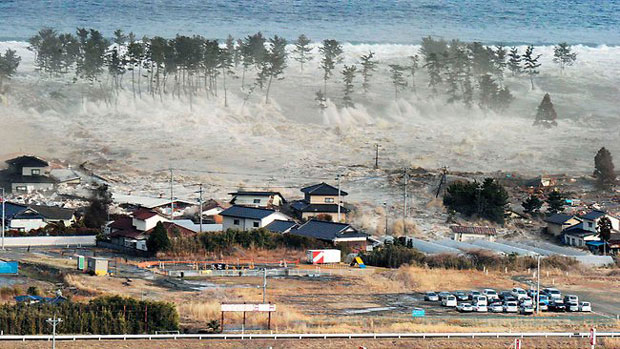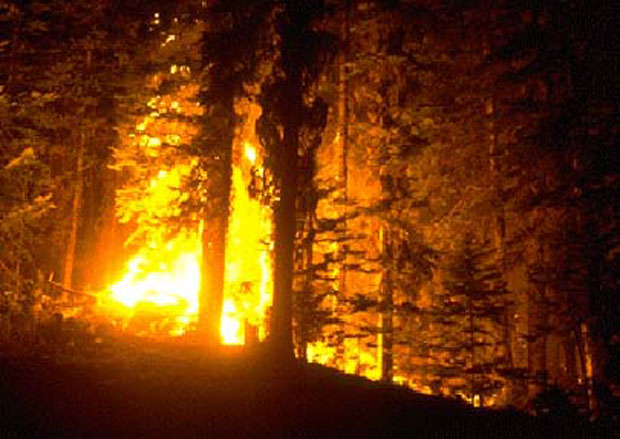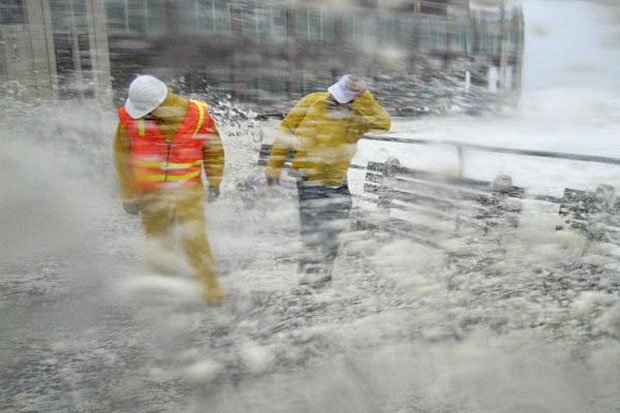Worldwide, no one is exempt from facing the fury of the earth and skies. THE REMARKABLE resilience of people is best seen in dreadful times. With natural disasters, however, nations have varying pliability levels. A 2011 atlas report by Maplecroft, an international risk analysis firm, showed China, India, the Philippines and Indonesia with high economic risks from natural catastrophes, as they fell short in disaster prevention measures and economic resilience. Regardless of this, all nations still share common denominators: countless lives threatened, altered, and lost. Here is a rundown of this year’s top calamities−a glimpse of how our neighbors faced nature’s wrath.
Australia floods
Dead: 35; Cost: $11 billion; When: January 10
Brisbane, the world’s most livable city, has been fully submerged in water. Australians did not anticipate raging flash floods which virtually washed away cars, homes and whole towns.
Rio de Janeiro mudslides
Dead: 903; Cost: $1.2 billion; When: January 17
Before its hosting duties for World Youth Day in 2013 and the 2014 FIFA World Cup, the southern hemisphere’s most visited city first had to undergo its worst natural disaster. Towns destroyed by floods left thousands homeless and buried in deep mud, completely reshaping the city’s geography.
New Zealand quakes
Dead: 182; Cost: $15-16 billion; When: February 22-June 13
A 6.3 magnitude quake struck Christchurch, New Zealand’s oldest city, twice, resulting into the third-costliest quake worldwide. This damaged thousands of buildings, including the Christchurch Cathedral.
South Africa floods
Dead: 141; Cost: $200 billion; When: December 10, 2010-Present
Not many may be aware, but South Africa also experiences La Niña, causing increased rainfall that leads to inevitable widespread floods. The same weather phenomenon has been linked to the recent floods in Australia and the Philippines.
China hailstorms
Dead: 18; Cost: $8 billion; When: April 18
Bullet-like hailstones fell on China’s industrial belt, which includes Guangzhou, Foshan, Dongguan and Zhongshan. A falling hailstone resembles a baseball dropped from a plane at 30,000 feet in the air, causing walls and other objects to collapse. The hailstorm resulted in grave ruins and deaths.
US tornadoes
Dead: 346; Cost: $10 billion; When: April 25-28
It was collectively called the “2011 Super Outbreak”—300 tornadoes in four days—as if there was one tornado for each fatality. It was America’s deadliest tornado outbreak in more than six decades, striking most parts of the country.
Japan quake, tsunami & nuclear crisis
Dead: 20,000+; Cost: $300 billion; When: March 11
Earthquake-prone Japan’s lands have been shaken again, this time, by an 8.9-magnitude quake−the world’s fifth largest since 1900 and the most expensive natural disaster, resulting in tension over radiation spills from the affected nuclear power plants. Japan aims to half radiation in two years in places contaminated by the nuclear crisis.
Texas drought & wildfires
Dead: unknown; Cost: $5 billion; When: July-present
99% of Texan land is extremely dry, causing cracks to form in the ground and temperatures to reach more than 44 degrees Celsius. Because of the heat, 18,000 wildfires broke out, burning 1.4M hectares of land−an exorbitant loss, as 55% of US crop is from Texas.
US East Coast’s Hurricane Irene
Dead: 22; Cost: $7 billion; When: August 22
In busy New York, millions of commuters and travelers’ schedules were disrupted when major transport systems shut down as a safety measure against Hurricane Irene. With 9,000 flights cancelled, seaports blocked, and the subway closed for the first time, New York was at terrible disarray. Irene’s fury also reached several other US states, Canada, and parts of the Caribbean region.

